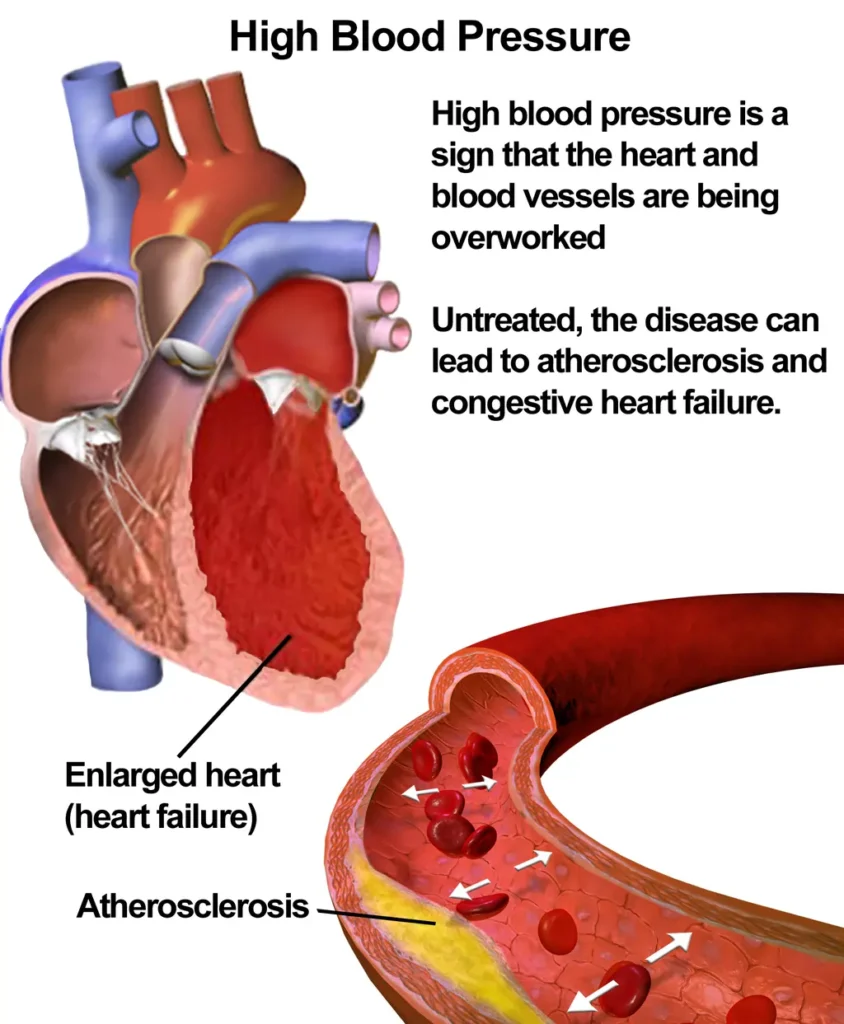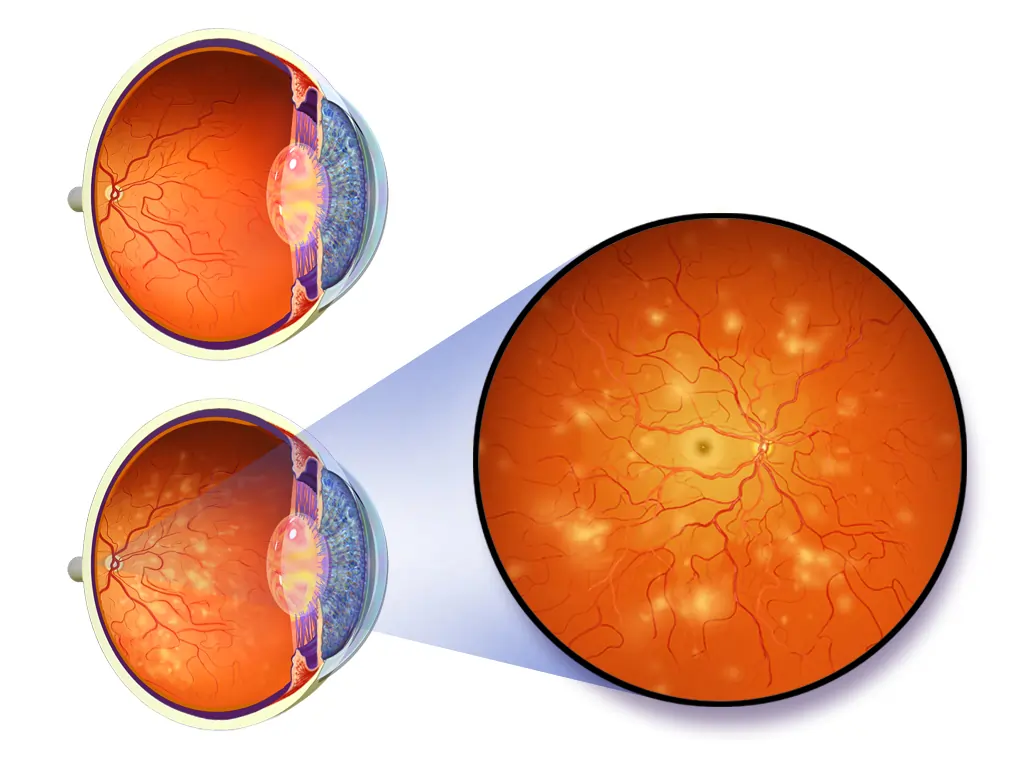What are Retinopathy and Hypertensive Retinopathy?
Across the globe, retinopathy is one of the leading causes of vision loss and total loss of vision, which is caused due to damage to the blood vessels of the light-sensitive tissue at the back of the eye, which is known as the retina. There are various retinopathy which induces blood vessels to grow in the retina, though it is a preventable problem which affects the quality of life of a large number of people across different parts of the world.
The early signs of retinopathy can be detected via an ophthalmoscope, by which retina specialists have assessed the progress of this major eye problem. There are mainly two types of retinopathy: one is Hypertensive Retinopathy, and another one is Diabetic retinopathy, which generally affects the elderly population who are vulnerable due to the higher blood sugar level and increase in blood pressure.
Brief information about Hypertensive retinopathy
Hypertension or high blood pressure is a common concern that impacts the quality of life of a large number of people, which is caused when pressure in blood vessels has increased to 140/90 mmHg or higher than this margin. There are several factors that induce high blood pressure, such as genetics, obesity, older age, high salt diet, consumption of alcohol and so on. The significant changes in lifestyle and eating habits and increased commotion of tobacco and smoking have had a drastic increase in blood pressure could further increase the likelihood of cardiovascular disease, even impacting the eye health of individuals who have uncontrolled blood pressure.

Among hypertensive individuals, there is an increased occurrence of major problems in the retina, which is called “Hypertensive retinopathy”, which has been recognized and often affects the blood vessels which is surround to retina. It has been observed that retinopathy, which is caused by high blood pressure, could, therefore, be a sign of vascular damage in other parts of the body, and if it goes unnoticed, the consequence could be catastrophic. When visual alterations have occurred because of diabetic retinopathy may be an indication of an advanced stage of this disease. Therefore, proper diagnosis and treatment are required to prevent major eye problems, which may lead to blindness if patients avoid the early signs and symptoms.
Signs and Symptoms of hypertensive retinopathy
The major signs of hypertensive retinopathy include cotton wool spots, retinal haemorrhage, papilledema and retina edema. Moreover, optic neuropathy is often caused due to hypertension. Therefore, mild to moderate blurry vision along with eye floaters is identified to be common symptoms of Hypertensive Retinopathy. Patients who have long-term blood pressure may be susceptible to this problem, but it generally has no symptoms until it progresses towards advanced stages.

The people who are exhibit symptoms of Hypertensive Retinopathy generally over 40 years of age since high blood pressure is identified to be very common among this age group of people. In general, high blood pressure persists over a long timeframe, which over time increases the possibility of Hypertensive Retinopathy, which elevates pressure in blood vessels within the retina, which further damages the blood vessels, leading to complications like vision loss.
Management and Treatment options
Hypertensive retinopathy is generally managed by controlling hypertension, and subsequent loss of vision caused due to it requires to be controlled and managed accordingly by taking medications which are effective in terms of controlling the blood pressure.

If vision loss occurs due to Hypotensive retinopathy, there is a requirement for adequate treatment of retinal edema with intravitreal injection or laser, which may be efficient in terms of preventing the progress of this eye condition to its later stage. In addition, frequent follow-up with medical professionals is required, which could help in improving the quality of life of patients who have high blood pressure and may improve their visual acuity.


